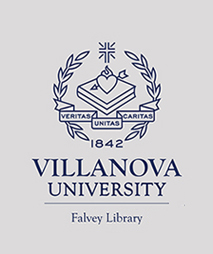Synthesizing Historical Research Leads to a Simple, Compatible, and Extensible Big History Framework and Periodization
##plugins.themes.bihistory.article.main##
Abstract
Many questions remain unanswered regarding how Big History events should be organized and interpreted. For example, should Big History be divided into periods or processes, when it is clearly a complex process of simultaneous interacting processes? In such an uncertain environment, how are models constructed and evaluated? When we look at Big History, at what level of abstraction do we start?
This paper gleans important insights from a number of historical papers to develop a consistent view of Big History. It is important to consider many aspects of an evolving system. For example, how does the evolving system 1) learn from its experiences in the environment; 2) extract energy and resources to combat the trend towards chaos and higher entropy; 3) organize itself at multiple levels to meet new challenges?
Various traditional scholarly disciplines contribute to various aspects of Big History, including astronomy, geology, evolutionary biology, evolutionary anthropology, and the history of civilizations. This suggests a base framework of cosmic and terrestrial phases. The terrestrial phase saw the sequential evolution of life, humans, and civilization. Based on this framework, the various disciplines’ timelines are consolidated along with their dynamic systems models. This base framework is then expanded to include more details. This simple approach meets many criteria for an effective framework: it integrates with knowledge from other disciplines; it provides a simple, understandable model; it can be extended in detail with nested transitions; and it immediately expresses the acceleration of evolving complex adaptive systems (CAS). Similarly, proposed frameworks offer slightly different perspectives.
##plugins.themes.bighistory.article.details##

This work is licensed under a Creative Commons Attribution 4.0 International License.
Authors who publish with this journal agree to the following terms:- Authors retain copyright and grant the journal right of first publication with the work simultaneously licensed under a Creative Commons Attribution License that allows others to share the work with an acknowledgement of the work's authorship and initial publication in this journal.
- Authors are able to enter into separate, additional contractual arrangements for the non-exclusive distribution of the journal's published version of the work (e.g., post it to an institutional repository or publish it in a book), with an acknowledgement of its initial publication in this journal.
- Authors are permitted and encouraged to post their work online (e.g., in institutional repositories or on their website) prior to and during the submission process, as it can lead to productive exchanges, as well as earlier and greater citation of published work (See The Effect of Open Access).



